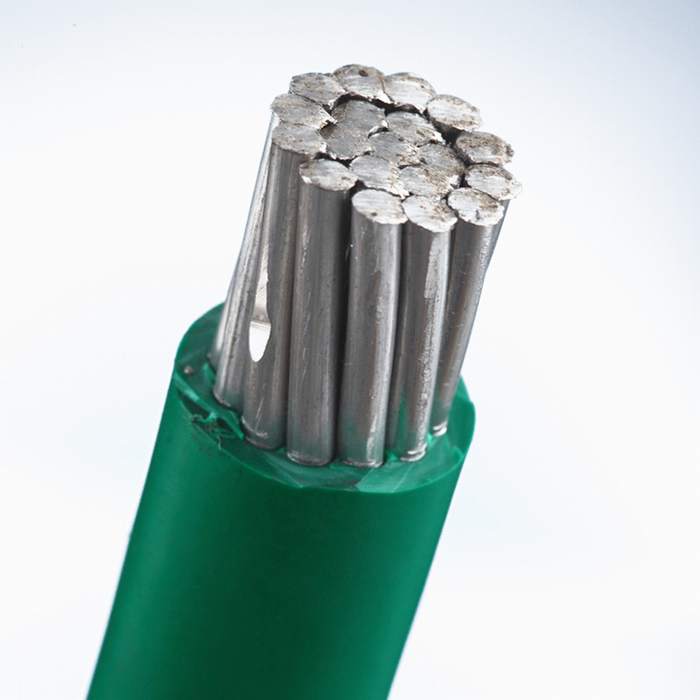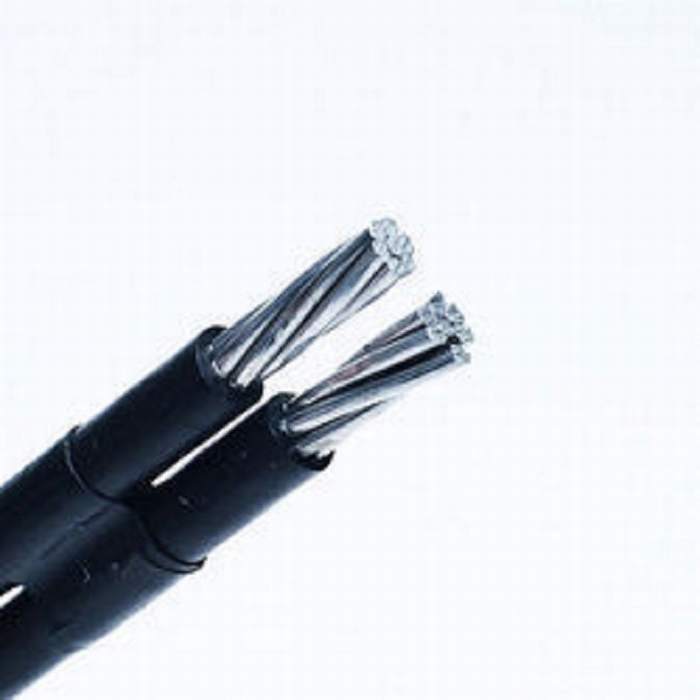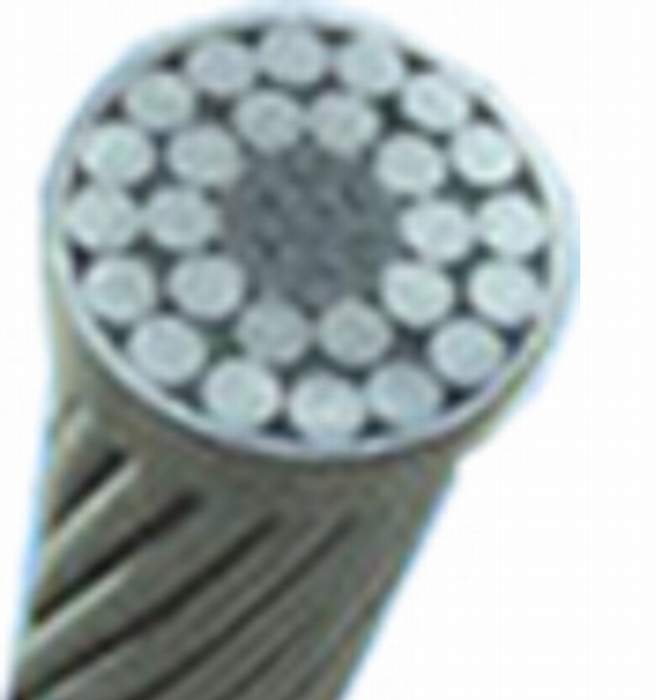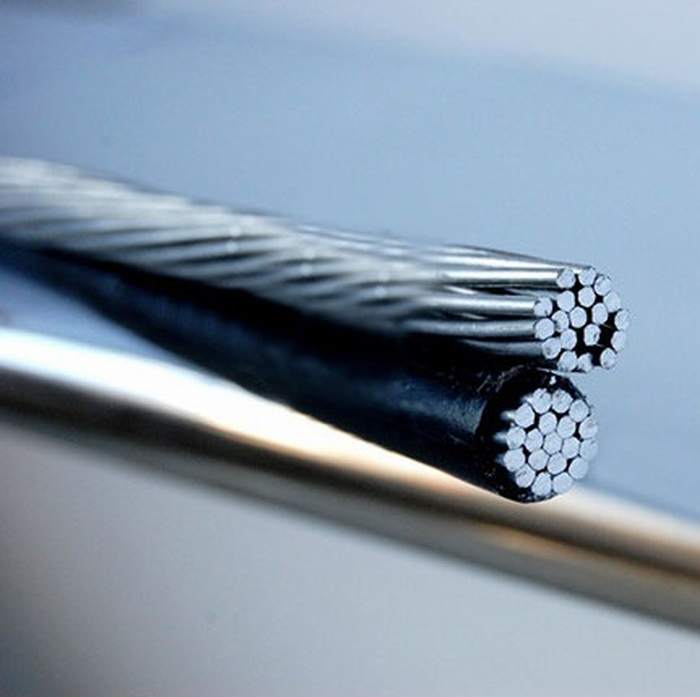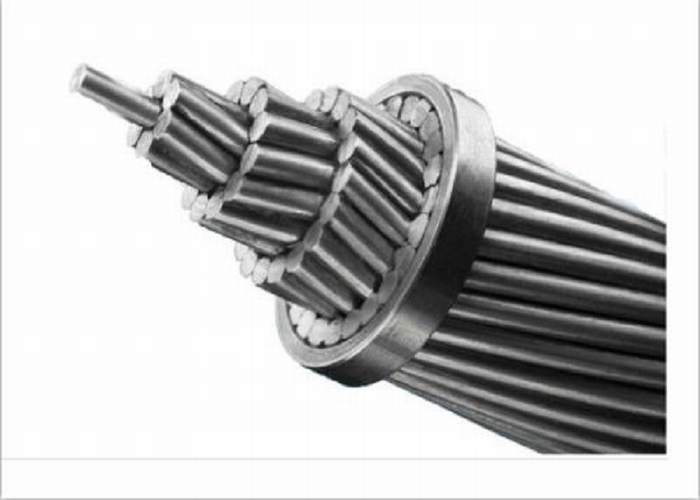6201 All Aluminium Alloy Conductors (AAAC)
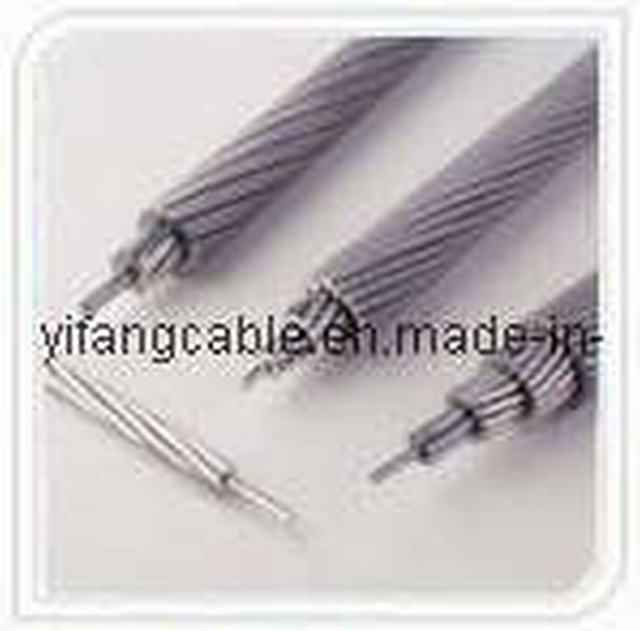
Product Description
AAC conductor is made from aluminum-magnesium-silicon alloy of high electrical conductivity containing magnesium (0.6-0.9%) & silicon (0.5-0.9%) to give it better mechanical properties after treatment. AAC conductors are generally made out of aluminum alloy 6201 (minimum conductivity is 54%). AAC conductor has a better corrosion resistance and better strength to weight ratio and improved electrical conductivity than ACSR conductor on equal diameter basis.
Key Benefits:
High tensile strength as compared to AAC conductor.
Higher conductivity as compared to ACSR conductor.
Better corrosion resistance than ACSR conductor.
Physical contents of aluminium alloy:
Density – 2.70 kgm/dm3 at 20° C
Coefficient of Linear Expansion – 23 x 10-6 / ° C
Resistivity – 0.0326 Ohms mm2/m at 20° C
Constant Mass Temperature Coefficient (a) – 0.00360/ ° C
Material – Heat treated Al. Mg. Si. Alloy
Mechanical & Electrical properties
SL. No. Nom. Al Area mm Standing & wire Dia in mm Approx. Overall Dia in mm Approx. Mass in kg/km Calculated Maximum Resistance at 20 C (Ohms/km) Approx. Calculated Breaking Load (kN)
1 15 3/2.5 5.39 40.15 2.3040 4.33
2 22 7/2.00 6.00 60.16 1.5410 6.45
3 34 7/2.50 7.50 94.00 0.9900 10.11
4 55 7/3.15 9.45 149.20 0.6210 16.30 Advantages of AAAC Conductors
CORROSION RESISTANCE AAAC exhibits excellent corrosion resistance specially in sea coast areas and in polluted industrial areas due to absence of steel core.
LOWER POWER LOSSES Since AAAC is homogeneous (with all strands of Aluminium Alloy) with no steel component the resistance of AAAC is lower as compared to ACSR.
HIGHER AMPACITY AAAC can carry atleast 15-20% extra current as compared to ACSR of equal size.
LONGER LIFE Experience in foreign countries shows that All Aluminium Alloy Conductors are in service for over 60 years, which is about double the life of ACSR Conductors.
SURFACE HARDNESS The surface hardness of AAAC is 80 BHN as compared to 35 BHN of ACSR. This reduces the damage to surface during handling and therefore leading to lesser corona losses and ratio interference at EHV.
THERMAL STABILITY AAAC are stable upto 90oC against ACSR conductors which are stable upto 75oC.
HIGHER STRENGTH TO WEIGHT RATIO Since AAAC has higher strength to weight ratio, span can be increased from 2 to 15% resulting in overall reduction of cost in towers supports and other accessories in transmission line system.
PHYSICAL PROPERTIES OF AAAC WIRES
Melting Temperature 652oC Typical Electrical resistivity at 20oC 53.5
Density 2.7 kg/mm3 Standard 0.0325
Coefficient of Linear Expansion per oC 23 X 10-6 Typical 0.0320
Brittle Hardness 80 BHN Ultimate Tensile Strength 30 kg/mm2
Elongation (percent in 200 mm) 4.5 to 5.5%
Electrical conductivity at 200oC in LACS 52.5 Modulus of Elasticity in kg/mm2
Initial 5200 to 5600
Final 6250 to 6450
CONSTRUCTION FOR ALL ALUMINIUM ALLOY CONDUCTOR AS PER IS: 398 (PT – IV) 1994



